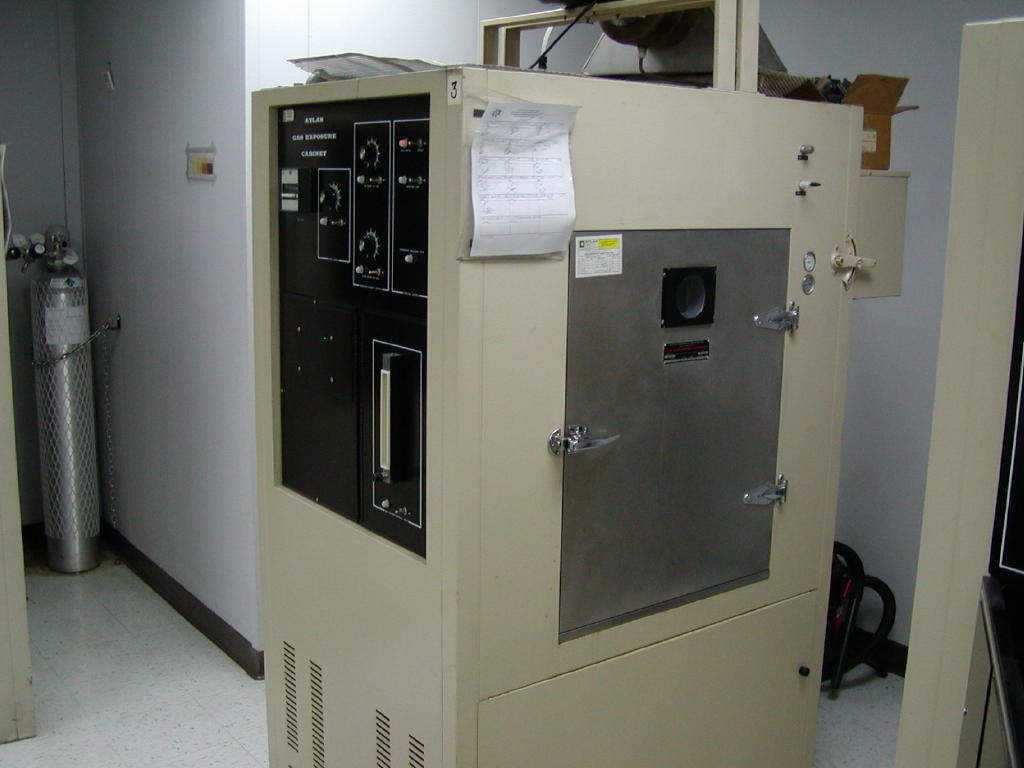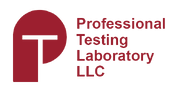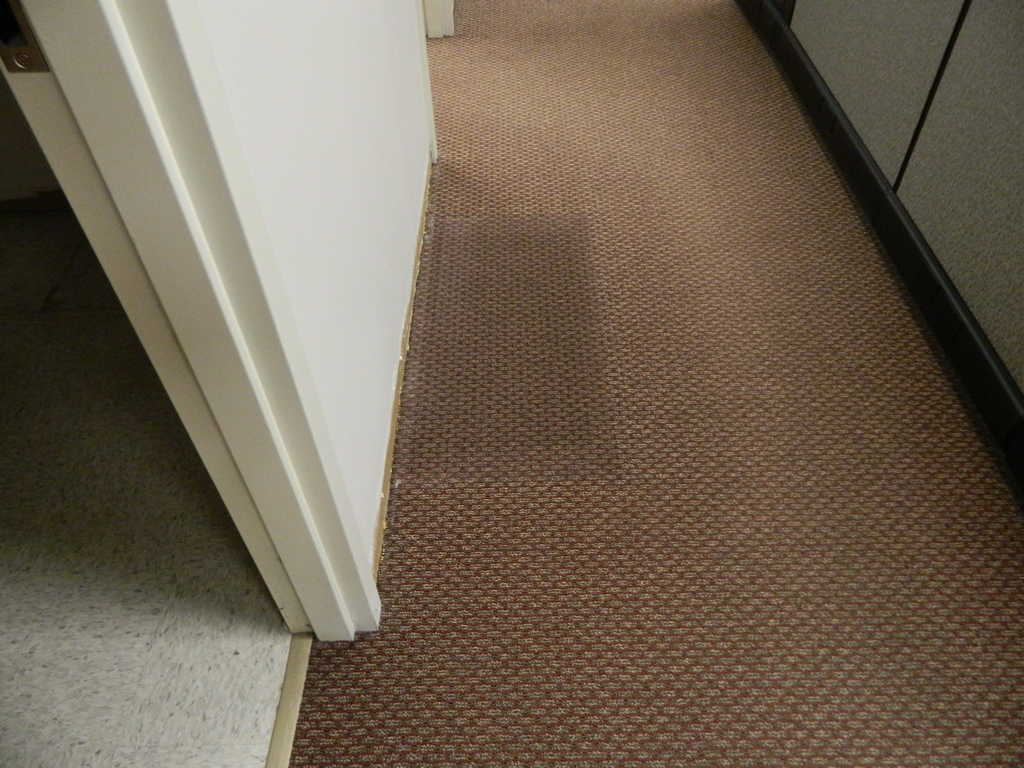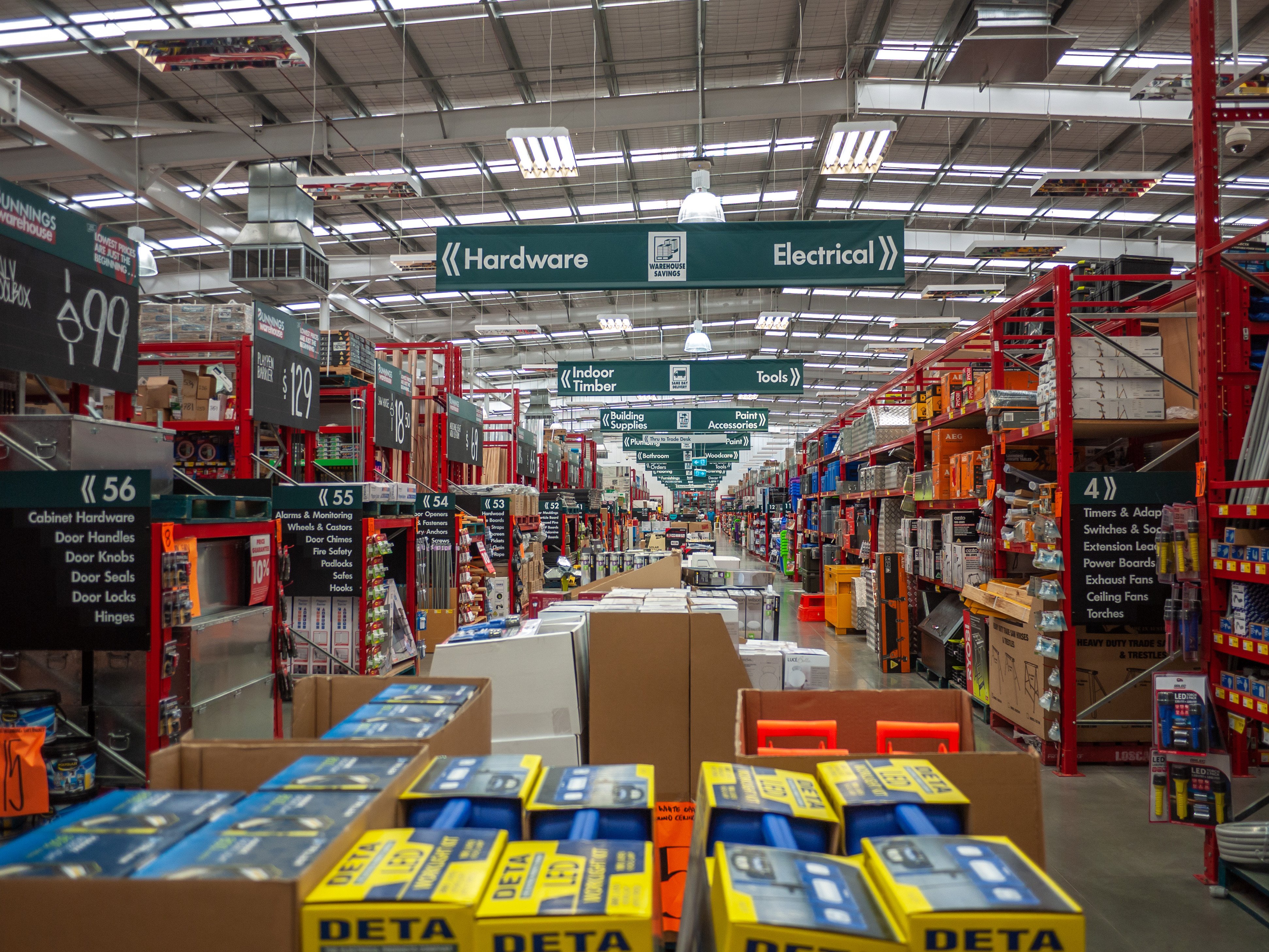Nitrogen dioxide (NO₂) is a reddish-brown gas primarily produced by the combustion of fossil fuels. It’s commonly found in urban areas, near highways, and in industrial zones—but also in homes and buildings that use gas, oil, or coal heating systems.
When textiles are exposed to NO₂ over time, they may undergo a yellowing or fading effect, especially in areas where airflow is restricted. These discolorations can compromise a product's aesthetic appeal and perceived quality.
What Is AATCC 164?
AATCC 164 is the official test method used to assess the colorfastness of fabrics to nitrogen dioxide exposure. It provides a standardized procedure that allows textile professionals to evaluate how susceptible a fabric is to discoloration caused by this specific airborne gas.
The test simulates real-world exposure to combustion byproducts and helps manufacturers determine whether their products can maintain their appearance in polluted or enclosed environments.
How the AATCC 164 Test Is Performed
Here’s a breakdown of how AATCC 164 testing works:
-
Controlled NO₂ Exposure
Textile samples are placed in a sealed chamber and exposed to specific concentrations of nitrogen dioxide gas. The exposure may be repeated in multiple cycles to simulate extended environmental contact.
-
Environmental Simulation
The test mimics the kind of NO₂ exposure fabrics might experience in industrial or urban settings, as well as in homes with older or unventilated heating systems.
-
Visual and Instrumental Evaluation
After exposure, fabric samples are assessed using colorimetric tools or visual evaluation by trained observers. The degree of fading or discoloration is measured.
-
Colorfastness Rating
The change in color is scored using the AATCC Gray Scale, which ranges from 5 (no color change) to 1 (severe fading). Many manufacturers aim for a minimum rating of 3.5 after two cycles of exposure.
Where NO₂ Fading Is Most Prevalent
Fabrics are especially vulnerable to nitrogen dioxide in:
-
🚧 Urban environments near highways or industrial areas
-
🏭 Factories, warehouses, or commercial buildings with combustion-based heating systems
-
🏠 Homes using gas, oil, or coal heat—especially with poor ventilation
-
🚘 Vehicles or enclosed spaces near high-traffic roads or tunnels
Fading due to NO₂ exposure typically appears as a yellowish tint, often in areas of restricted airflow, like the folds or corners of fabric.
Why Colorfastness to NO₂ Matters for Your Products
Poor resistance to NO₂ can reduce a textile’s shelf life, limit its applications, and result in warranty claims or product returns. AATCC 164 testing helps:
-
✅ Manufacturers develop more durable, pollution-resistant products
-
✅ Specifiers and designers choose materials suited to polluted or enclosed environments
-
✅ Quality control teams verify performance claims before distribution
-
✅ Retailers ensure long-term customer satisfaction and avoid discoloration issues
Choose Professional Testing Laboratory for AATCC 164 Testing
At Professional Testing Laboratory, we deliver accurate, third-party testing based on AATCC 164 standards. Whether you're launching a new textile product or validating performance for a specific market, we can simulate real-world exposure conditions and provide clear, actionable results.
📞 Contact us today to schedule dimensional stability testing or request a custom quote.




